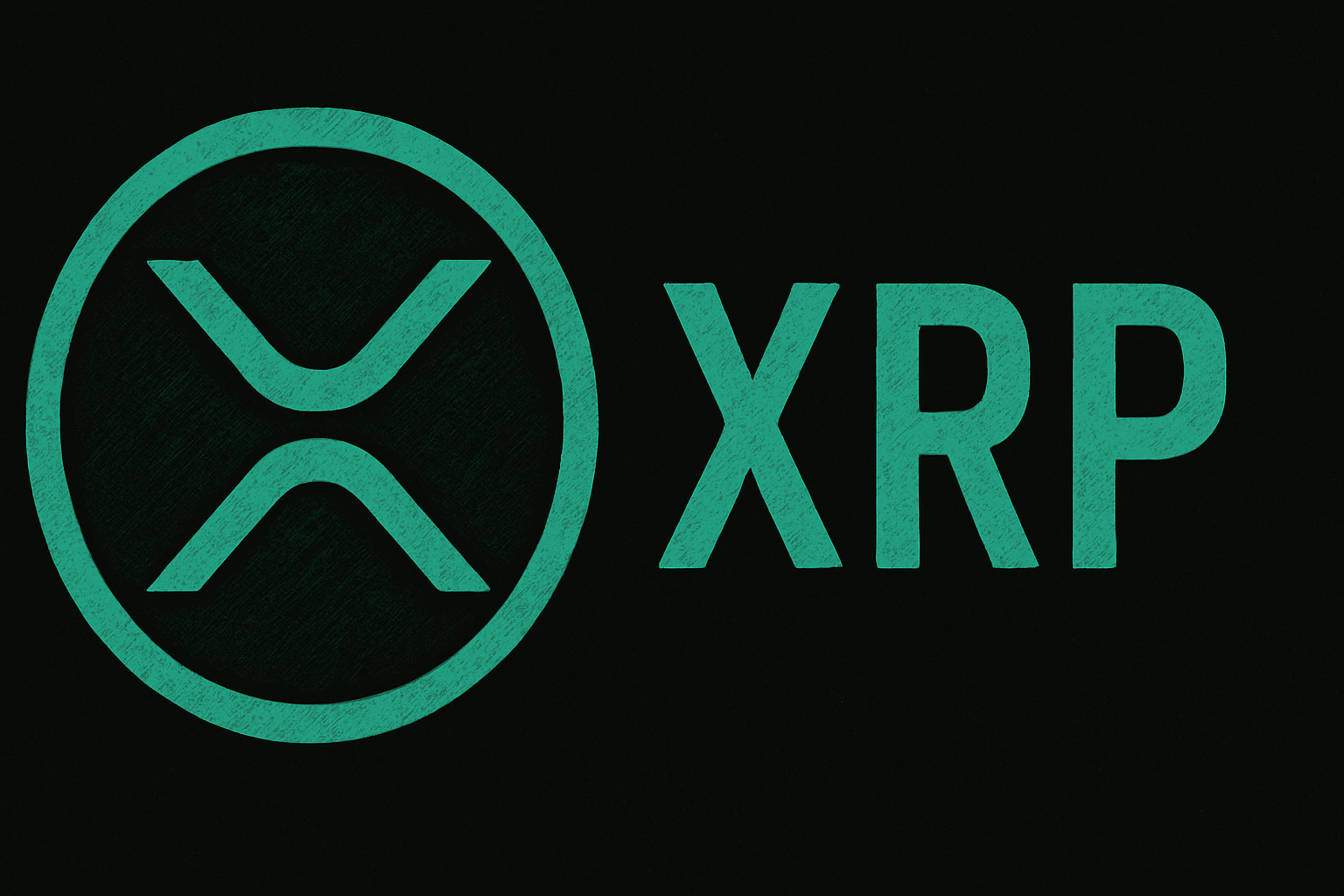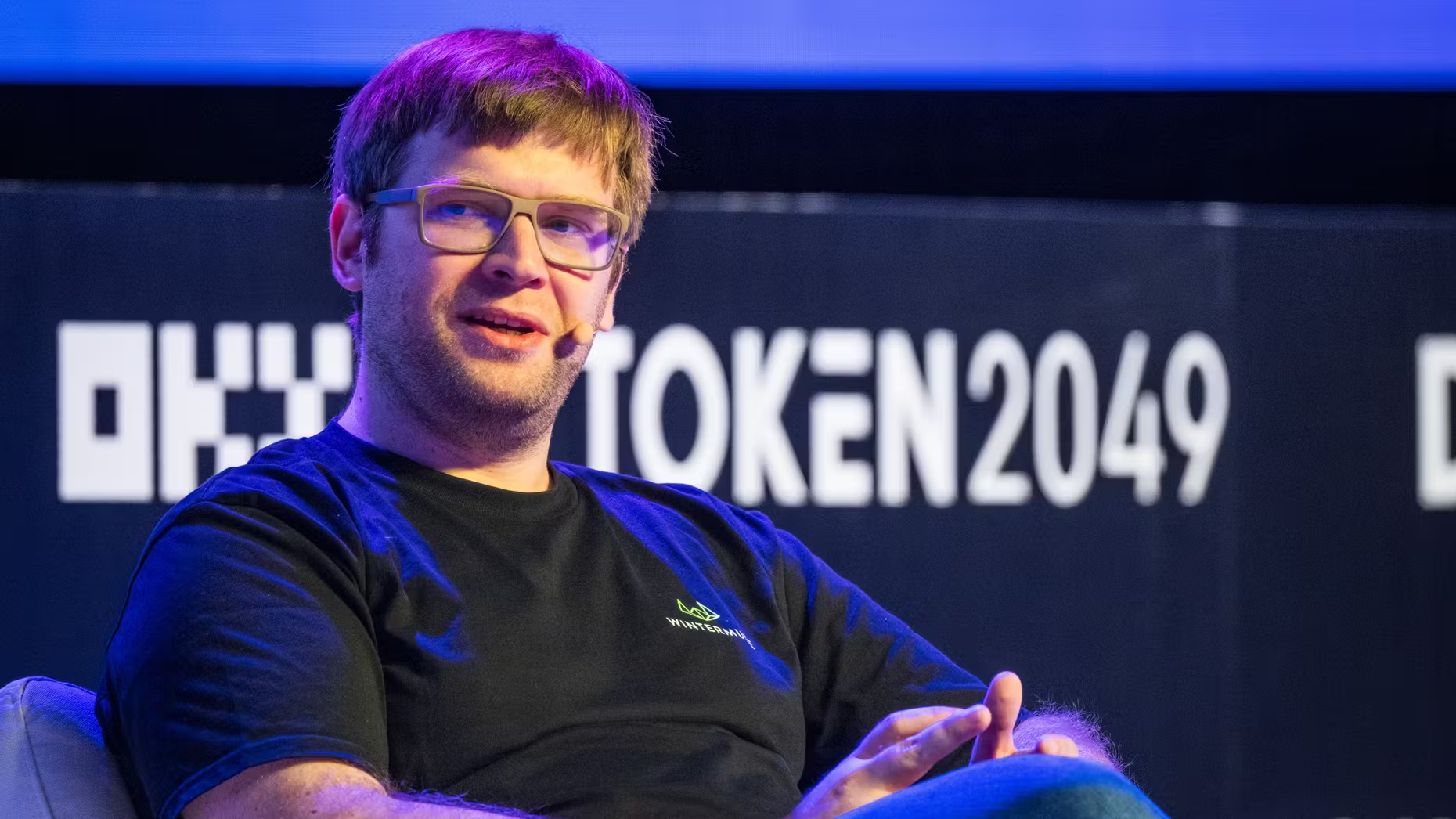
- The bid of Ripple for Circle could make XRP from a bridge currency a central financial infrastructure and redefine its role in global payment transactions.
- The integration of USDC and RLUSD would reduce frictional losses on the market and strengthen institutional acceptance.
Ripple’s offer of $ 4 to $ 5 billion for the takeover of Circle, the issuer of USD Coin (USDC), raises questions about the dynamics of the StableCoin market and the future role of XRP in global finance.
According to crypto analysts who observe the development, such a deal would not only trigger a price reaction from XRP. It could also mark the beginning of a structural development. The possibility of integrating USDC into the Ripple network could redefine the application of XRP. It would go far beyond its current role as a bridge currency.
Ripplenet is currently using XRP to enable quick and cost -efficient cross -border payments. Analysts assume that the takeover of circle and the addition of USDC liquidity of $ 61 billion could consolidate the infrastructure for digital payments. Ripple could create a more flexible and liquider environment for cross -border value transmissions. This would be achieved by accommodating both a native asset and a stable coin under the same roof.
IF RIPPLE ACQUIRES CIRCLE, XRP’S PRICE WON’T JUST REACT—IT COULD EVOLVE.
Most are watching the deal.
But this is about what happens to XRP if it goes through.
Here’s what every holder needs to understand.
pic.twitter.com/RXWpUKmL8K
— All Things XRP (@XRP_investing) May 2, 2025
This possible shift is not seen as a replacement for XRP, but rather as an upgrading of its role. “XRP would not only react to the takeover, but would develop further,” said a market expert. The asset would act as an underlying settlement level in addition to USDC and enable more smooth interactions between tokenized assets and real currencies.
Such integration could reduce the instability of the market-an important step for blockchain-based financial systems that strive for broad acceptance. Ripple has already introduced his StableCoin RLUSD. By merging with USDC, Ripple would get control over two large digital currencies bound to the Fiat.
Institutional and regulatory leverage
One of the biggest trump cards is his established relationships with bank partners and supervisory authorities in various legal systems. The takeover of Circle would enable ripple to take this frame and strengthen its position in markets in which the consent of the regulatory authorities is crucial for acceptance. This would probably also make XRP more attractive for institutional investors who value compliance and regulatory clarity.
In addition, the takeover could enable Ripple to expand its role beyond the private sector and to venture into broader financial applications such as Defi, salary statement and on-chain credit allocation. USDC and stable coins are already widespread in these sectors. They could be integrated into the XRP network to reduce operational friction and increase the efficiency of financial networks.
Even if Circle is said to have rejected the original offer, the offer shows that Ripple is increasingly relating to the infrastructure around stable coins. Lately the company has made other strategic acquisitions, such as: B. a crypto brokerage company, which indicates a concerted effort for the integration of digital assets and the ecosystem of the keys.
Market observers say that the offer fits into a more comprehensive plan: Ripple should become the heart of the global payment infrastructure. The message is clear: control of the stable coin liquidity is now an important goal whether Ripple renews or not.
Something that was successful, XRP, may not be viewed as a transaction activum if Ripple is successful in this project. Rather, it could be the basis for the financial infrastructure and the long -term values and the role in which it is.








No Comments